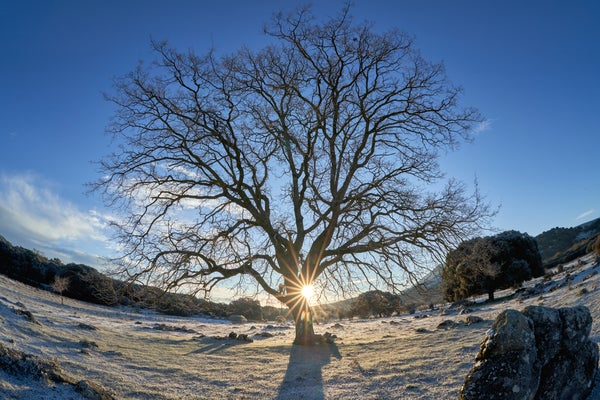"Dream, Dream, Dream! Conduct these dreams into thoughts, and then transform them into action."
- Dr. A. P. J. Abdul Kalam
"Dream, Dream, Dream! Conduct these dreams into thoughts, and then transform them into action."
- Dr. A. P. J. Abdul Kalam
20 Dec 2024
As December approaches its grand finale, a cosmic spectacle awaits us: the Winter Solstice! This celestial moment, marking the shortest day and longest night of the year, is more than just an astronomical event—it’s a celebration of nature’s rhythm, ancient traditions, and the promise of brighter days ahead.
So, what makes the Winter Solstice so special, and why do our days shrink in winter? Let’s know more about this fascinating phenomenon!
The word “solstice” comes from the Latin sol (sun) and sistere (to stand still). On this day, the Sun reaches its farthest point from the northern hemisphere, resulting in the shortest daylight and longest night of the year.
This year, the Northern Hemisphere welcomes the Winter Solstice on Saturday, December 21, 2024.
But don’t worry about the long night—after this, the days start to stretch longer, leading us to the sunny glory of the Summer Solstice in June!
It all comes down to Earth’s 23.4-degree tilt. This tilt causes the Northern Hemisphere to lean away from the Sun during winter, reducing the sunlight we receive. At the solstice, the Sun takes its lowest path across the sky, traveling a shorter arc and resulting in minimal daylight.
Meanwhile, the Southern Hemisphere enjoys the exact opposite—a sun-soaked summer solstice!

The Winter Solstice isn’t a fixed calendar event. While it usually falls on December 21 or 22, rare occurrences have placed it on December 20 or 23. The last December 23 solstice happened in 1903, and we won’t see another until 2303!
This variability stems from Earth’s elliptical orbit and the quirks of our Gregorian calendar.
Beyond its poetic charm, the solstice has real-world impacts:

The Winter Solstice has inspired awe and celebration for millennia. Here’s how some cultures honor it:
Want to honor the Winter Solstice? Here are some ideas:
Watch the sunrise or sunset—it’s a simple, soulful way to connect with nature.
Light a candle or bonfire to symbolize the Sun’s return.
Stargaze! The long night is perfect for spotting constellations.
:max_bytes(150000):strip_icc()/GettyImages-956508114-ca38fd1e7c684b5f937fc7d07af22b50.jpg)
The Winter Solstice is more than a celestial event—it’s a celebration of the promise of brighter days. It teaches us to find beauty in the cycles of nature and reminds us that light always follows darkness.
As the longest night unfolds, take a moment to reflect, cherish the stillness, and welcome the Sun’s gradual return.
Comments
Nice Post